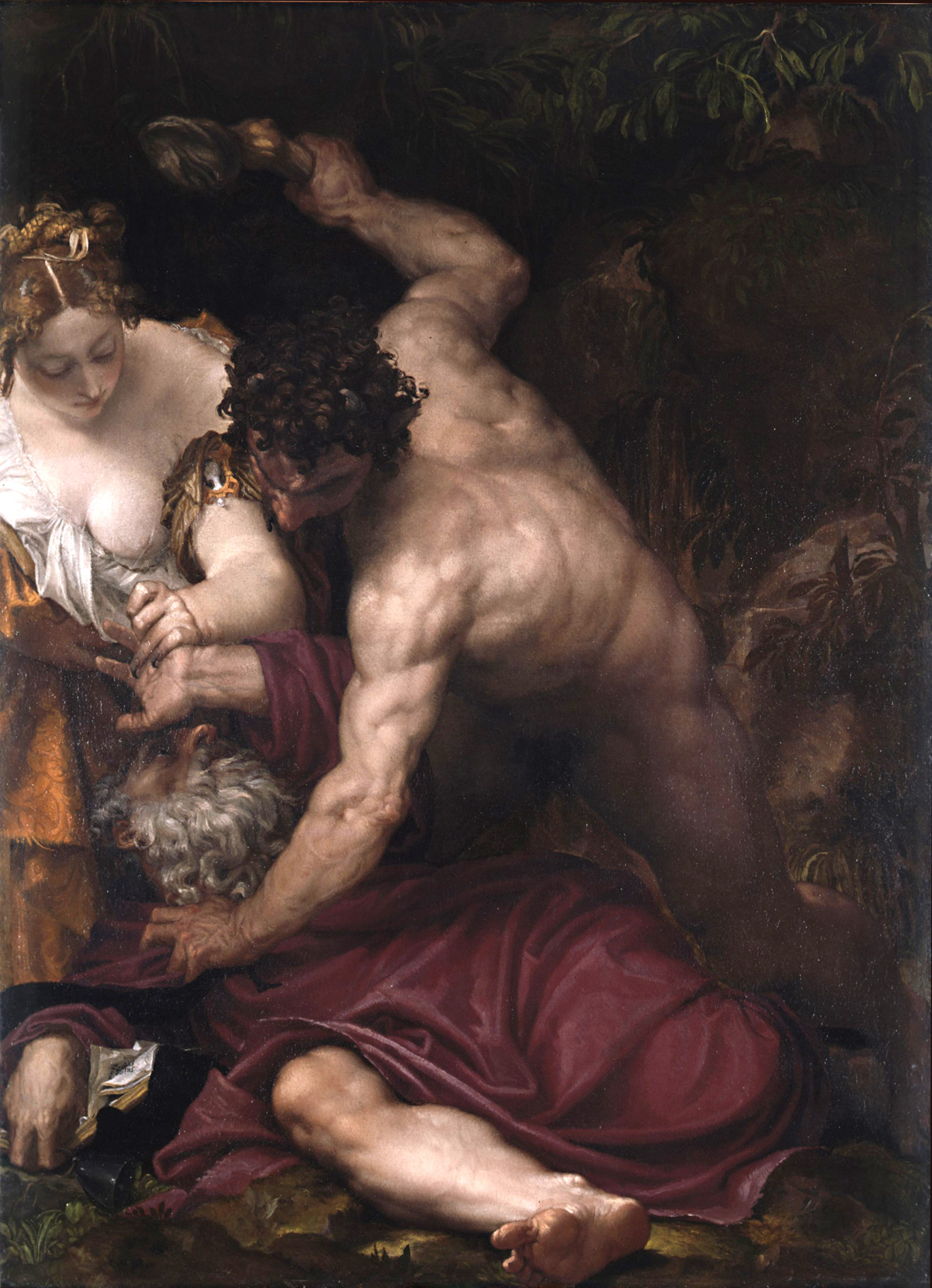Of the various speeches made either when war was imminent or in the course of the war itself, it has been hard to reproduce the exact words used either when I heard them myself or when they were reported to me by other sources. My method in this book has been to make each speaker say broadly what I supposed would have been needed on any given occasion, while keeping closely as I could to the overall intent of what was actually said..."
Thucydides, The Peloponnesian War. Book I. Translated by Martin Hammond.
My blog turns sixth months old today and it's the end of a decade, so something commemorative seemed appropriate. When I think about a historian like Thucydides, I can't help but think about Professor Ted Rabb in the fall of '04 telling a fresh class of HUM Sequence students how to read what they were about to read. "What does the text tell us about the people it talks about?" That's what it comes down to even now, I think: finding the people that drove the text into becoming. Thucydides, of course, is one of history's earliest historians; he documents the 5th century BC War between Athens and Sparta, and his "History" constitutes arguably one of the last great sighs of Ancient Greece.
In a way Thucydides' march against poets and ear-pleasers would be a march against the figures who populate this blog, against characters that run ungoverned into windmills and underworlds, against words that force voice, and against the most human of histories. The reason I've chosen to write about him in my last post of the year is because I see his voice as bringing perspective to a series of posts that are deeply concerned with interpretation and the meaning of one individual's voice for another. What I want to do here is to question whether Thucydides' way of representing the human, by occupying his circumstances, is different from the way I try to understand a representation, by occupying the common imagination of a writer and his character. In a sense, Thucydides and I and the struggling reader of any literary text are not dissimilar-- each one of us is somehow trying to belong in a conversation of which we were not part. These conversations, be they between Athens and Sparta, or Cervantes and DQ, were not exclusive because they wished it, but exclusive because their language became available only after it was written. In other words, just as Thucydides as a historian gives voice to war-generals by becoming them, as readers we give voice by reading a character as speaking, and his creator as trying to speak. Don Quixote is not without a Cervantian struggle, and Thucydides the Historian is not without Thucydides the General. For Thucydides to write a history was for his first half to see himself in history and not in his own lifetime.
I also want to think briefly about whether there's an explicit contrast between circumstance and imagination i.e. whether to understand a situation through its circumstances is significantly different from understanding a situation by throwing oneself into the minds of the persons who play it. Here's how I see it: in the first case, what is understood is understood through the creation of a language that then recreates circumstance. In the second, understanding takes place through the consistent learning of not one, but a number of languages. It is by learning that poet's language that the poem becomes an unlie, the romance becomes real, and the earpleaser becomes a disturbance.
This is one of those tricky concepts that I'm never going to be sure about having grasped myself or talked about coherently, but it's always worth a shot. Next post in 2010-- and some movement towards modernity! Thanks to everyone who gets on my blog and keeps me writing: Merry C. and a Happy New Year.
I also want to think briefly about whether there's an explicit contrast between circumstance and imagination i.e. whether to understand a situation through its circumstances is significantly different from understanding a situation by throwing oneself into the minds of the persons who play it. Here's how I see it: in the first case, what is understood is understood through the creation of a language that then recreates circumstance. In the second, understanding takes place through the consistent learning of not one, but a number of languages. It is by learning that poet's language that the poem becomes an unlie, the romance becomes real, and the earpleaser becomes a disturbance.
This is one of those tricky concepts that I'm never going to be sure about having grasped myself or talked about coherently, but it's always worth a shot. Next post in 2010-- and some movement towards modernity! Thanks to everyone who gets on my blog and keeps me writing: Merry C. and a Happy New Year.











